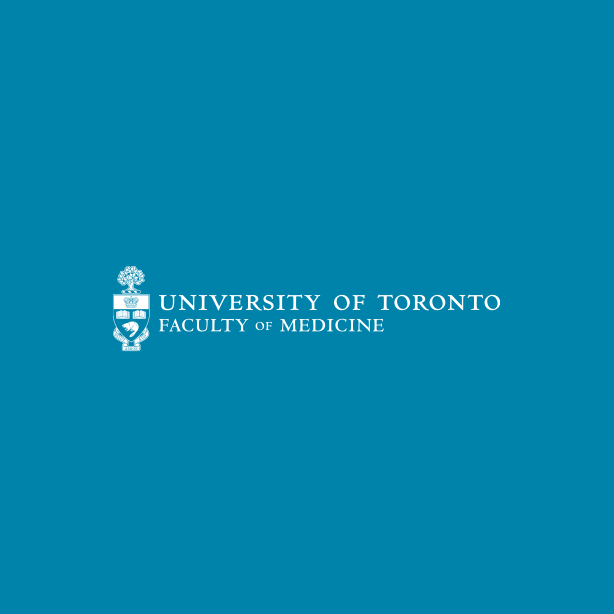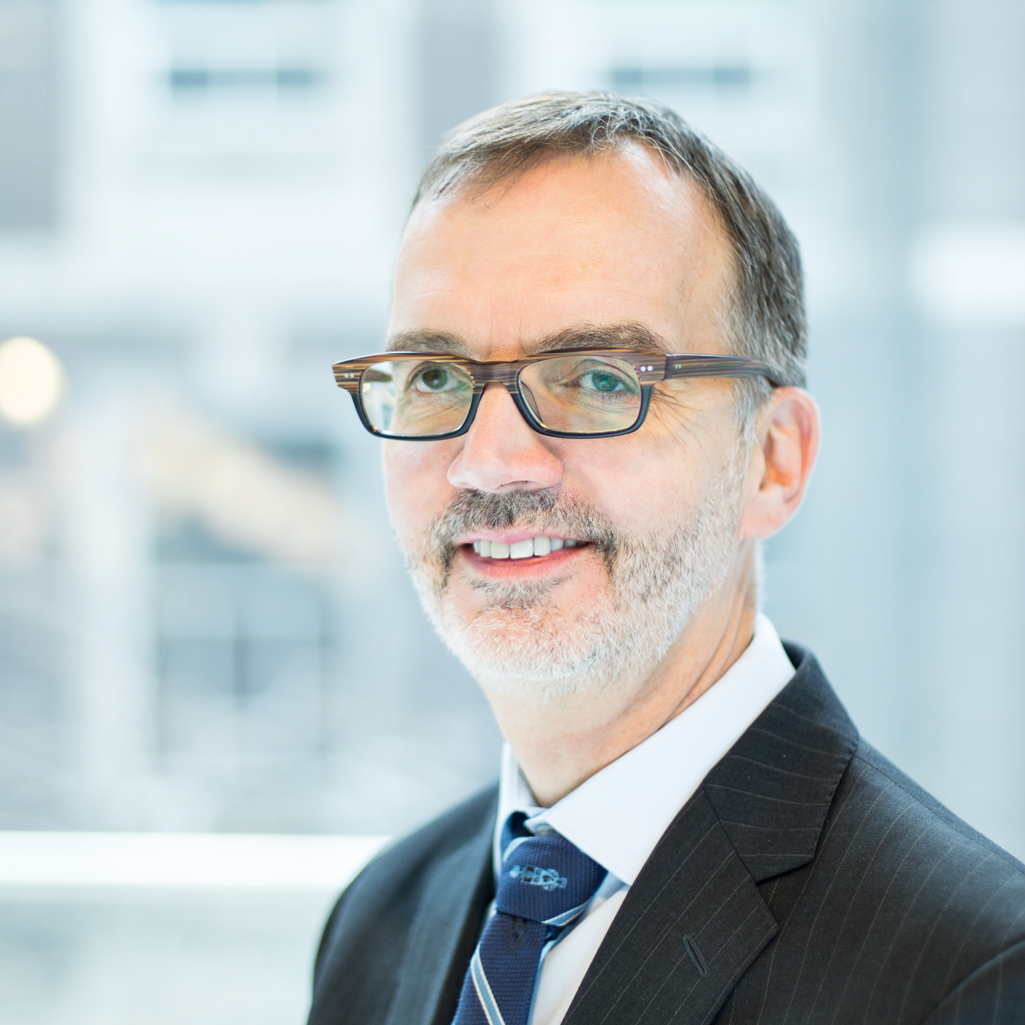Mobile Menu
- Education
- Research
-
Students
- High School Outreach
- Undergraduate & Beyond: Community of Support
- Current Students
- Faculty & Staff
- Alumni
- News & Events
- Giving
- About


As Dean, I get to spend a lot of time with hospital leaders. There are many things we do together, and there is no denying that hospitals and faculties of medicine are huge organizations with many demands. But we do differentiate on at least one key point: at the end of the day, the core business of a hospital is taking care of patients; for us, it’s teaching students.
It’s both that simple, and that complex: our core mission is to educate students who ultimately go on to help patients.
We’re fortunate at U of T Medicine to have many examples of our leadership in this area. Take the Toronto Model for Interprofessional Education and Practice as an example. It was developed thanks to the efforts of many, especially Professors Brian Hodges, the former Director of the Wilson Centre and the Richard and Elizabeth Currie Chair in Health Professions Education Research (UHN/U of T), Sioban Nelson, the former Dean of the Lawrence S. Bloomberg Faculty of Nursing and current U of T Vice-Provost, Academic Programs, and Maria Tassone, the inaugural Director of the Centre for Interprofessional Education. Organizations around the world see it as a model to help them improve medical education.
We’re also home to the Wilson Centre, which is one of the Faculty of Medicine’s greatest partnerships, both because it’s a great example of the effectiveness of partnerships, but also an agency that can help us forge new associations and deepen existing ones. As a collaboration between UHN and U of T, it creates the important and inseparable link between medical practice and medical education. It also reaches out across divisions here at home to OISE and many other divisions. Their research informs our own actions and is a tremendous resource for other medical schools around the world. I recently had the chance to have lunch with the fellows there and left truly inspired by their insights and convictions.
Members of our Faculty are also leading medical education innovation across the country. Late last month, Professor Kevin Imrie was sworn in as the 43rd President of the Royal College of Physicians and Surgeons of Canada. Kevin is both the physician-in-chief at Sunnybrook Health Sciences Centre and Vice-Chair, Education for our Department of Medicine. In his role with the Royal College, he will lead the implementation of "Competence by Design," which reimagines how Canadian doctors are trained. Similarly, Professor Jay Rosenfield, our Vice Dean of Undergraduate Medical Professions Education, co-authored the landmark The Future of Medical Education in Canada (FMEC): A Collective Vision for MD Education report. It lays out a vision for how we can build a medical education system to help Canadians, now and into the future. He is continuing to ensure that vision is realized as a member of the FMEC’s steering committee.
Technology is also giving us new opportunities to take our teaching beyond our campus and share it with the world. Professor Prabhat Jha of St. Michael’s Hospital and U of T’s Dalla Lana School of Public Health launched Death 101: Shaping the Future of Global Health this month on EdX — the massive open online course (MOOC) platform. The course is a great example of how we can harness our research, utilize great teachers and harness the power of technology to deliver innovative education. Prabhat is not alone. In cooperation with the School of Continuing Studies, we offer online courses in pharmacology, physiology and biochemistry. Through the Centre for Professional Development, online modules, workshops and courses are available to help support lifelong learning.
Yes, we do research that is improving lives, improving care and supporting economic and social growth. And we must ensure we use our skills, knowledge and expertise to create and sustain healthy communities. But I believe a key reason the U of T Faculty of Medicine exists is to educate our students; to prepare them to be outstanding physicians, and surgeons, and rehabilitation specialists. We also have an obligation to prepare medical educators, so this important work can continue.
While our track record of leadership and innovation in this area is impressive, we can’t afford to be complacent. I don’t see the future of medical education at U of T as the responsibility of any one person. It belongs to all of us. I encourage you to share your ideas — and most importantly — contribute to these ongoing discussions. Together, we will continue to deliver an outstanding education to our students at every level, and on every platform.
Trevor Young
Dean, Faculty of Medicine
Vice-Provost, Relations with Health Care Institutions